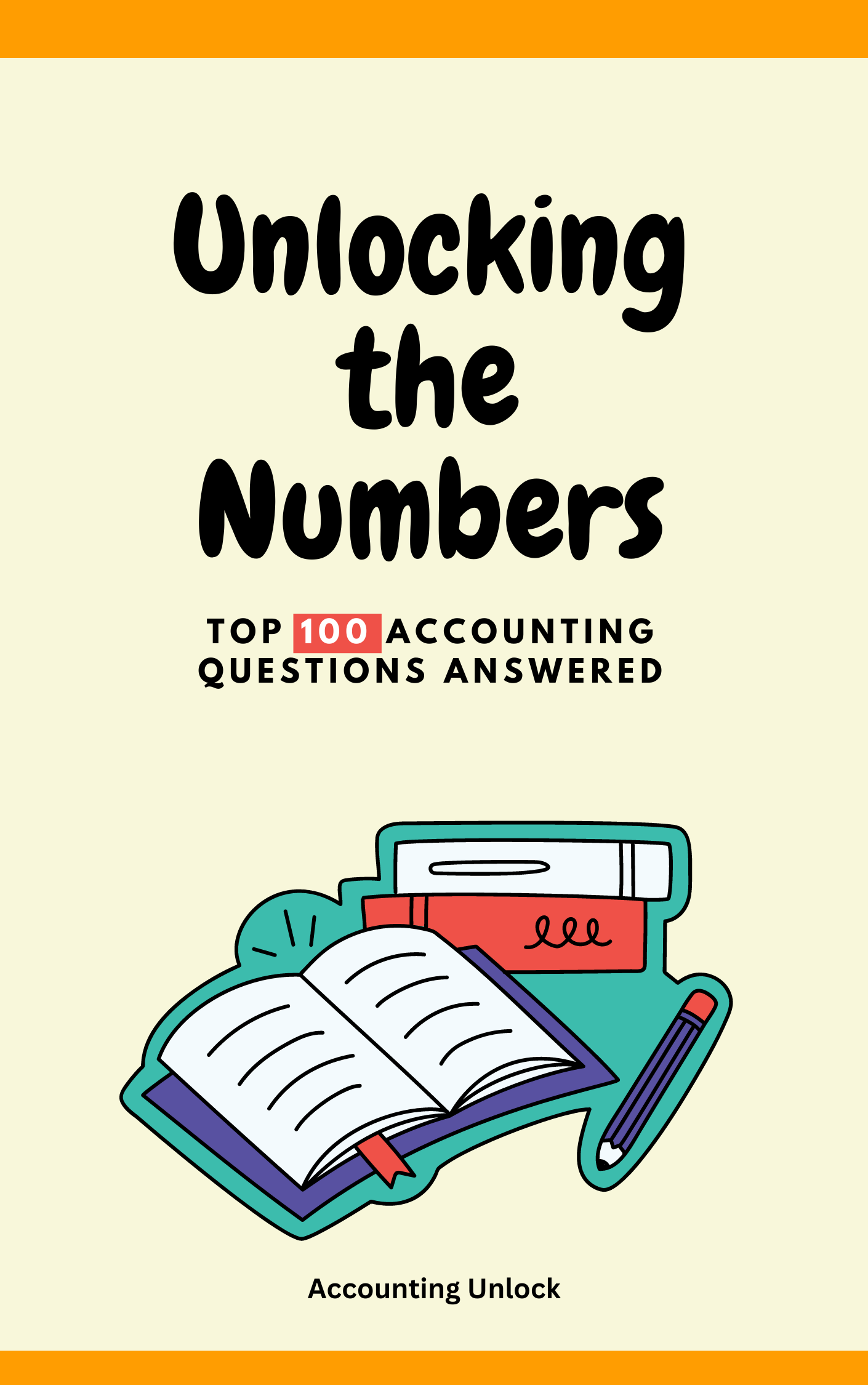Hey there, accounting detectives! Ever wonder why your lemonade stand budget sometimes feels like a weather report, all sunshine one month and rain the next? That’s where “calendar variance” comes in, like a mischievous time-traveling gremlin messing with your financial calendar!
Imagine you run a bustling bakery with the fluffiest donuts in town. You plan to bake and sell 100 donuts every day for a month. But what if, one week, a surprise snowstorm shuts down your shop for two days? You still baked 100 donuts every open day, but you missed those two snowy days in your budget! That, my friends, is a calendar variance – the difference between your planned baking schedule and what actually happens in the real world, like the gremlin stealing two of your baking days!
Here’s how it works:
- Plan your donut party: You set out to bake and sell 100 donuts every day for a month, mapping out your ideal donut-filled calendar (like a perfect recipe for financial success).
- Gremlins on the loose! Unexpected things happen – snowstorms, broken ovens, even a sudden donut craving that sends you on a sugar-fueled adventure (we’ve all been there!). These unexpected events mess with your planned calendar.
- Variance detected! The difference between your planned donut schedule and what actually happened is the calendar variance. In our case, those two snowy days stole two baking days from your budget, creating a variance.
Calendar variance isn’t just for bakeries, it happens to businesses of all sizes, from toy stores to airlines.
Real-world example:
Think of a clothing store that expects a busy holiday season. They budget for extended hours and extra staff based on their planned schedule. But what if the holidays are less crowded than expected? The store ends up with fewer working days and less staff than planned, creating a calendar variance that affects their budget and profits.
Accounting treatment:
Calendar variance is calculated by comparing the planned costs (based on your ideal calendar) with the actual costs (what actually happened). The difference is recorded as a variance in your financial statements. This helps businesses understand how unexpected events affect their finances and adjust their budgets for the future.
Key points about calendar variance:
- Difference between planned and actual production or activity due to unexpected events.
- Affects businesses’ budgets and profitability.
- Helps businesses understand and adjust for unforeseen circumstances.
Remember, calendar variance is like a financial detective story, helping businesses find the “why” behind unexpected budget changes.





